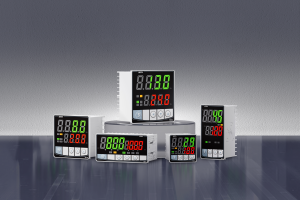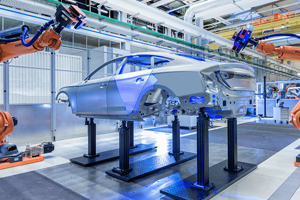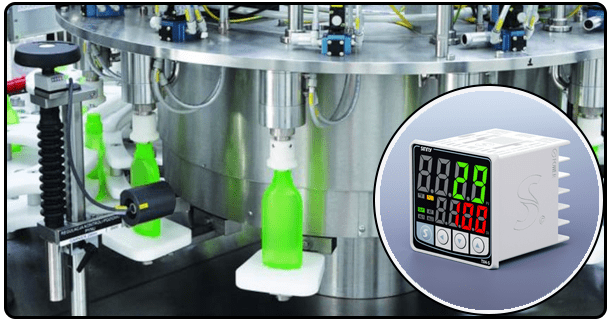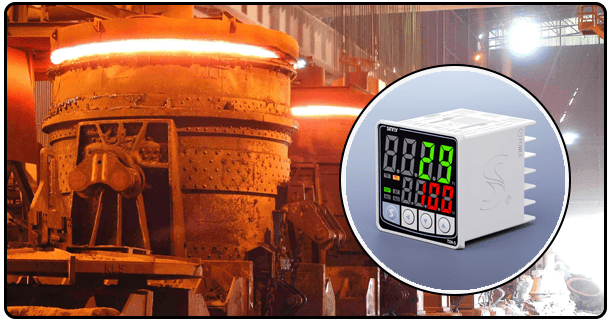Step by step guide for optimal performance
This comprehensive guide will teach you how to set up a PID Controller. Understanding the role of proportional, integral, and derivative components and following step-by-step directions for maximum performance and stability.
1. Introduction
A PID controller, or Proportional-Integral-Derivative controller, is a fundamental component in various industrial and automation processes. A PID controller regulates a process in order to maintain the desired setpoint. The PID controller must be adjusted to ensure optimal performance and minimize errors. It is also important for system stability. This guide will show you how to set up a PID Controller.
2. Understanding PID Components
The PID control system consists of 3 primary components - Proportional Control (P), Integral Control (I) and Derivative Control (D). These components each play a specific role in the process of control:
Control (P) Proportional: This component adjusts control signals in proportion to error values. This provides an immediate response to errors, reducing the deviation. One cannot rely on proportional controls alone to avoid steady state errors or oscillations.
Integral Control (I): By integrating error values over time, the integral component overcomes the limitations associated with proportional control. The integral component sums up the errors continuously, eliminating the steady state error and making sure the system reaches its setpoint. However, an excessive integral can make the system sluggish and oscillatory.
Control (D) Derivative: This component uses the rate at which the error changes to predict future errors. This dampening action improves system stability, and reduces overshoot. Derivative control, however, can increase noise and cause erratic behaviour.
3. Initial Configuration
It is important to check the condition of all the electrical and mechanical components before adjusting the controller. Hardware issues can impact the performance and adjustment of the PID controller. After the system has been verified as working properly, initial PID values are set at P=0 I=0 and D=0. The baseline configuration allows a systematic adjustment of each component.
Proportional tuning
First, you need to adjust the proportional part of a PID. It is important to determine the P value that will provide a stable output without excessive oscillations. These steps are to be followed:
Increase the P Value: Gradually raise the proportional values until the system starts to oscillate. As the P-value is raised, observe the behaviour of the system.
Find the Oscillation point: Locate the oscillation point of the system. This indicates that the gain in proportion is too large for stable operation.
Reducing P-Value: Lower the proportional to the half point of oscillation. The reduction in P value helps to achieve an equilibrium between stability and responsiveness.
4. Integral tuning
After tuning the proportional component, adjust the integral component. Integral action ensures that the system will reach the desired setpoint and eliminates errors in steady state. These steps are to be followed:
Increase I Value: Increase integral value by small steps. Watch the reaction of the system.
Setpoint Adjustment: Change the setpoint, and observe how the system reacts. It is important to reach a desirable response time while avoiding excessive oscillations or overshoot.
Fine Tune I Value: Continue fine tuning the integral value, until you reach the desired setpoint. Avoid introducing sluggishness and instability.
5. Derivative Tuning
Final step of adjusting PID is fine tuning the derivative component. This derivative action increases system stability while reducing overshoot. These steps are to be followed:
Increase the D value: Gradually raise the derivative. Watch the effect on damping and system stability.
Monitor stability: monitor the stability of system, and reduce overshoot. It is important to have a good damping response that does not increase noise.
Adjust D Value: Ajust the derivative value for the desired stability. Keep in mind the possibility of noise amplification.
Fine-Tuning
The next step after adjusting the components individually is to adjust the controller PID as a unit. The process includes iterative testing and adjustments to reach optimal performance. These steps will help you:
Iterative adjustments: Adjust the PID values incrementally and monitor the system's performance.
Different Scenarios for Testing: Try the controller in different scenarios. For example, changing the setpoint and adding loads steps. Evaluate how the system reacts to changes.
Attain Desired Performance Continue fine-tuning the PID value until you achieve the desired performance level. The process could require several iterations.
The adjustment of a PID control system is an important process that demands a systematic method and close observation. You can optimize the performance of your control system by understanding and applying the integral, derivative, and proportional components. It is important to iterate and test the values of PID for various scenarios. PID controllers that are properly adjusted play an important role in the reliability and efficiency of automation and industrial processes.
- How to set up and tune a PID controller: A Comprehensive Guide
- Tuning a PID controller: A Step-byStep Guide to Optimal Performance























